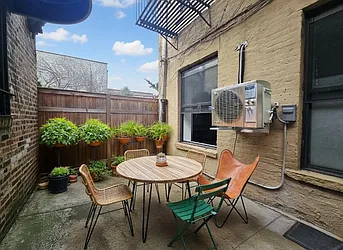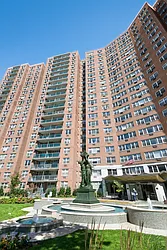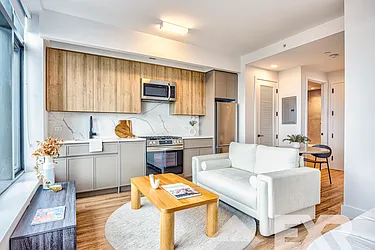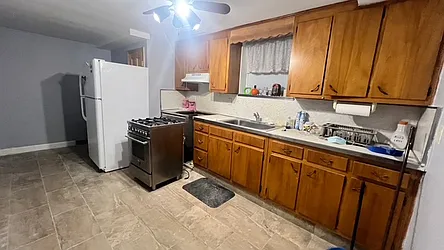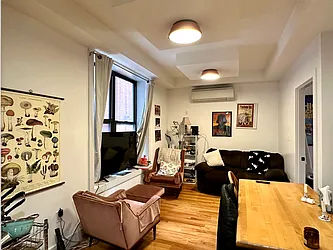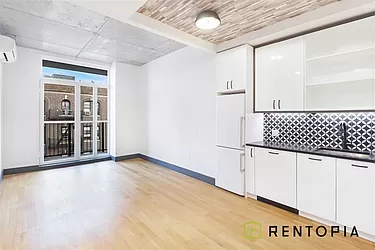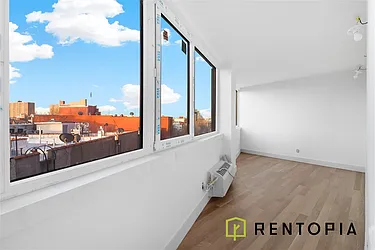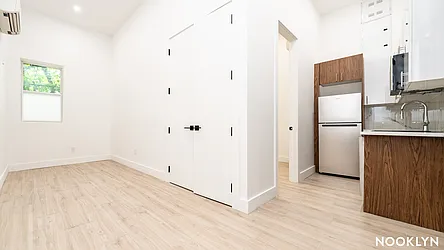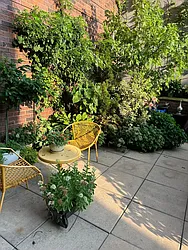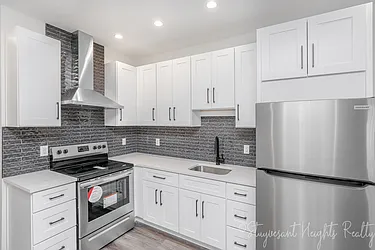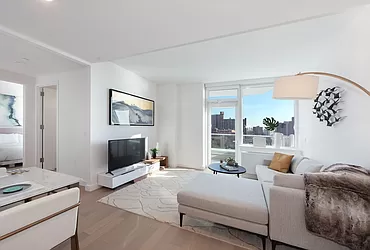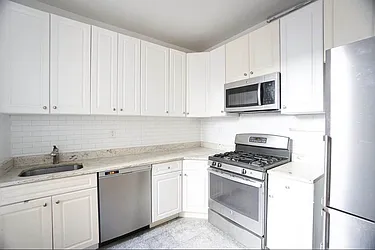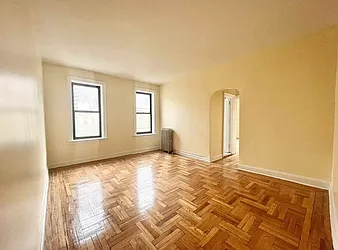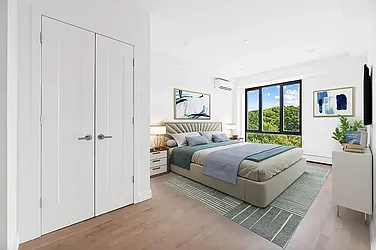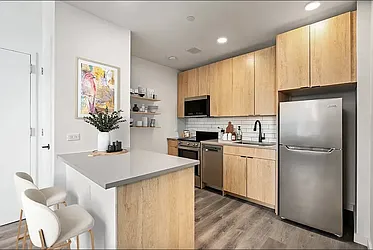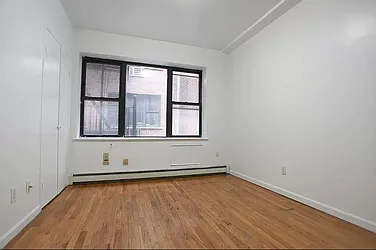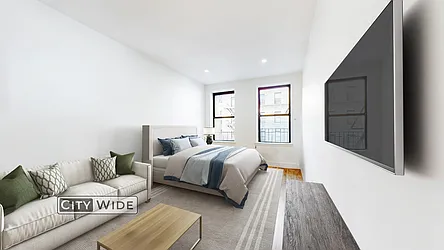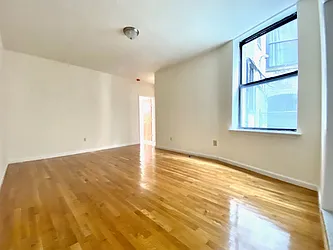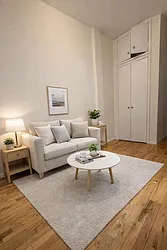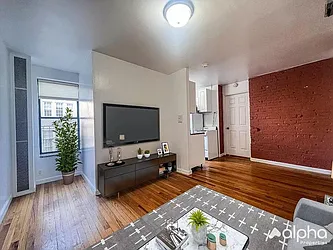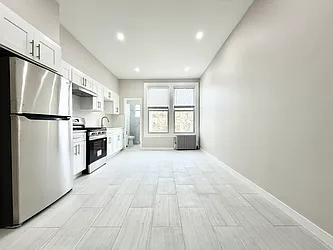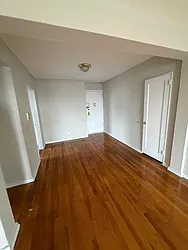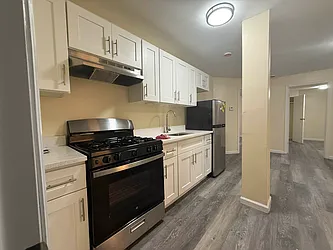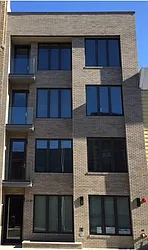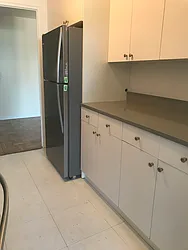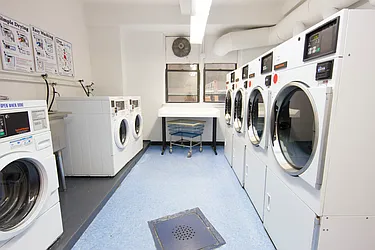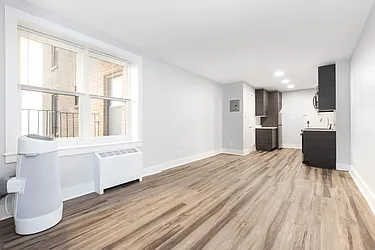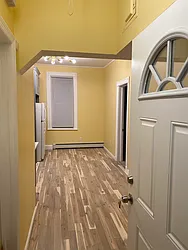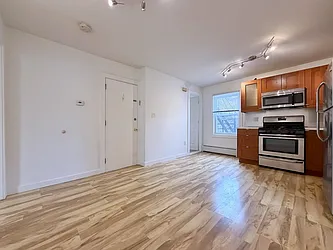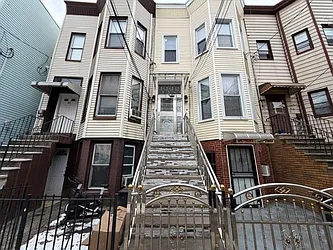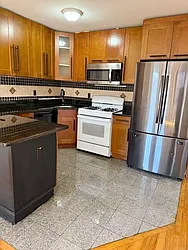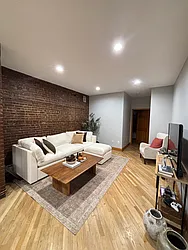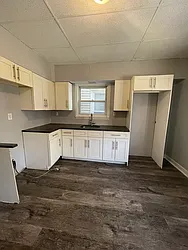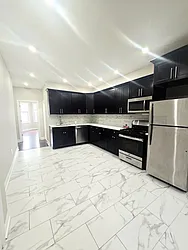Picture this: You finally secure the New York City apartment of your dreams when you’re called out of town for a temporary job. Or maybe you find yourself needing to unexpectedly travel for a family emergency, leaving your unit sitting empty for a significant stretch. You don’t want to give up your apartment entirely, but you also don’t want to eat the cost of rent and utilities on a space you won’t be occupying for an extended period of time. Enter a subletter. Finding an occupant to take over your lease temporarily can potentially be a great way to prevent money loss — and maybe even ensure that your plants are watered, too! But there are inherent risks involved in subletting, and many factors to consider before you decide to do so. This guide will teach you everything you need to know about how to sublet your apartment in NYC.
Are You Allowed to Sublet Your Apartment?
Before you start ready-ing your space and putting out feelers to potential subletters, you should first do your due-diligence to find out if a sublease is even allowed under your current rental agreement. Dig out your signed lease agreement from your filing cabinet or inbox and give it a thorough read for any language around subletting. If there’s nothing that specifically mentions it, or if the lease is unclear, go ahead and ask your landlord directly.
Brooklyn Rentals Under $3000 on StreetEasy Article continues below
Do You Need to Tell Your Landlord?
Yes. Even if your lease explicitly allows you to sublet, it’s a good idea to tell your landlord about your plans. The reason being that it can help foster easier communication, leading to better care for your unit. For example, your subletter and landlord might need to coordinate directly should there be any maintenance issues while you’re gone. It will also help building management keep tabs on who’s coming in and out of the building, for security reasons.
We recommend receiving your landlord’s explicit consent to a sublease in the form of a written agreement. A verbal go-ahead is great, but a tangible, easy-to-reference record is always the safest bet.
How to Find a Subletter
Finding a suitable subletter can happen one of many different ways. News of your vacancy could spread through word of mouth. You could also post details and photos of your spot on reputable websites and wait for interested parties to reach out. There are plenty of trustworthy websites that can help you list your sublease on your own, such as Leasebreak.com, Sublet.com, SpareRoom.com and Craigslist. Remember: It’s important to take clear, well-lit photos that accurately represent the space you’re subleasing. Some websites even allow you to upload video and showcase a “3D” tour of your apartment.
Manhattan Rentals Under $3000 on StreetEasy Article continues below
Speciality and/or invite-only social media groups can also be a good place to advertise your sublet. Many schools and universities have alumni-specific housing boards for graduates who move to big cities. You could also turn to locale or neighborhood specific pages, such as the Gypsy Housing NYC Facebook group. If you’ve never heard of it, ask around: Chances are you probably have a few friends who could get you an invite to the closed group. Just be diligent, as many imitation scam accounts have been created in recent years!
You could also use your own social media profiles to spread the word about your available sublet. Posting details and photos of your apartment to your Instagram stories or LinkedIn profile narrows your potential scope to include friends, family, coworkers, community members and friends-of-friends. While there is certainly comfort to be had in subleasing to someone in your immediate network versus a total stranger, you should also prepare yourself for the chance of hard conversations. Don’t choose a friend, or a friend-of-a-friend, to be your subletter if you’re uncomfortable with the possibility of conflict.
Most potential subletters will want to take an in-person tour of the home before they agree to any terms. Make them feel welcome in your space and — as always when meeting new people — be sure to use common sense.
Queens Rentals Under $3000 on StreetEasy Article continues below
What to Look for in a Subletter
So you’ve taken excellent photos of your space, posted them on a reputable website or shared them with your personal network, and the responses are rolling in. Sweet! But how can you tell who is going to be a responsible subletter in your space? While there’s always an inherent risk in subleasing, there are ways that you can make the best possible decision. Below we outline some tips on how to sublet your apartment to an ideal occupant:
- Good, reliable communication is always a win: Present-day actions can be a helpful predictor of future behavior, so we recommend paying attention to a person’s communication style from the jump. It’s always a green flag if a potential subletter is responsive in their emails and/or texts, shows up to any viewing appointments on time and is generally respectful in their demeanor.
- Don’t be afraid to ask for references: Chatting with a potential subletter’s old roommates can help you get a sense of the type of tenant they could be. If past house dwellers praise a person’s reliability and cleanliness, odds are that person will turn in their rent on time and keep your apartment tidy.
- Be upfront about your expectations and boundaries: If you have a specific idea of the type of person you want to sublet your space to (i.e. a non-smoker), it’s up to you to clearly and specifically state that up front. You won’t find your perfect subletter by keeping silent about the things that are most important to you.
How to Protect Yourself From Bad Subletters
Of course, there’s always a risk of bad apples when subletting in the Big Apple. Fortunately, there are steps you can take to protect yourself from damage and dismay. StreetEasy is not providing legal advice, so consulting with an attorney may be appropriate, especially if you’re considering writing up a sublease contract.
One way to sublet your apartment while protecting yourself and your space as much as possible is to collect a security deposit from the subletter. A security deposit is a returnable sum of money that is collected at the beginning of a rental period, in case of property loss or damage. Asking for a security deposit incentivizes the subletter to take good care of your space and thus receive their money back at the end of their stay.
Jersey City and Hoboken Rentals Under $3000 on StreetEasy Article continues below
Subletting in NYC: It’s a Personal Choice
So now you know how to sublet your apartment in New York City! While there are multiple steps to creating a successful sublet, putting in the work up front can sometimes pay off in the long run. However, the decision to sublet your space is deeply personal, made all the more subjective by your individual budget, travel plans and preferences. Whatever you decide, StreetEasy’s got more tips and advice for renters here!
Browse NYC Apartments for Rent on StreetEasyDisclaimer: This content is not intended to provide legal, financial, or real estate advice. It is for information purposes only, and any links provided are for the users’ convenience. Please seek the services of a legal, accounting, or real estate professional before any real estate transaction.


